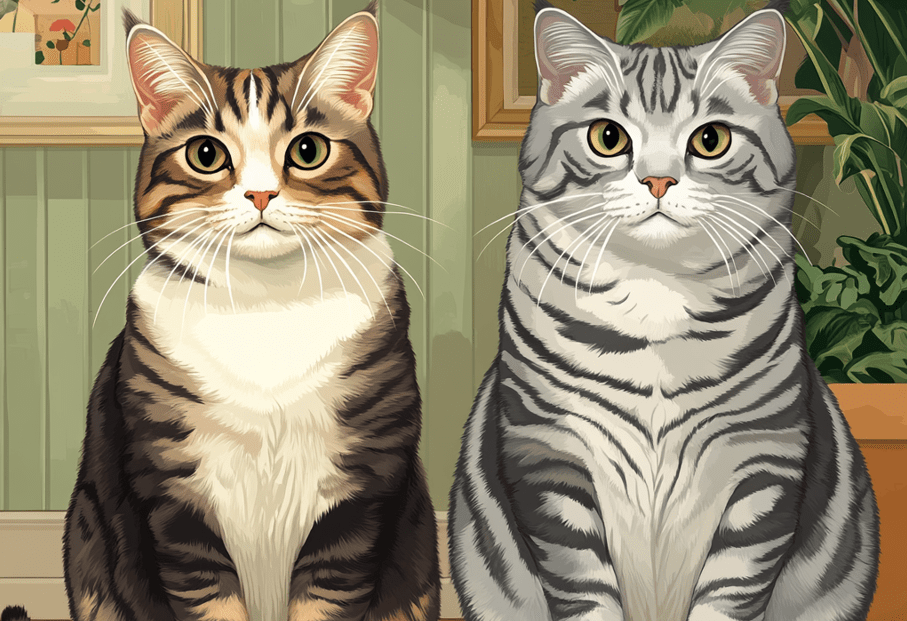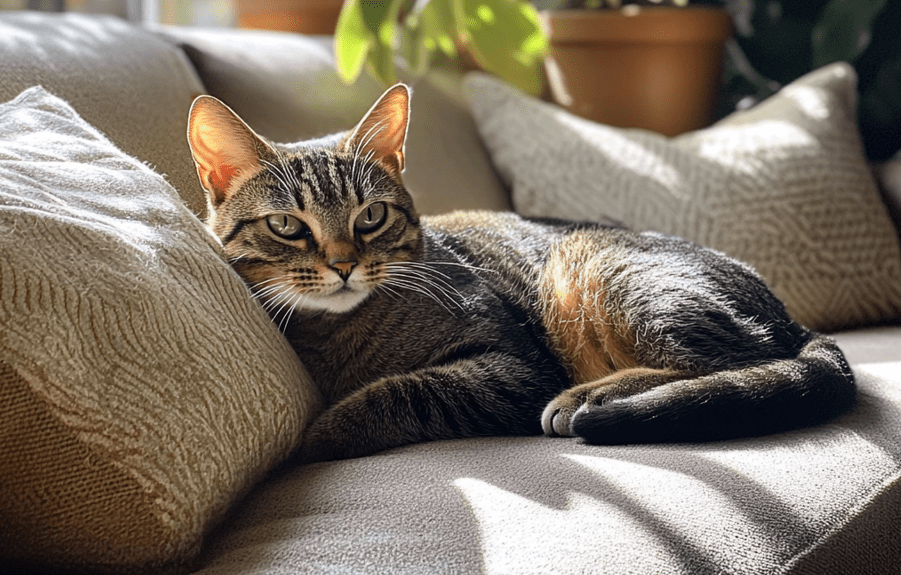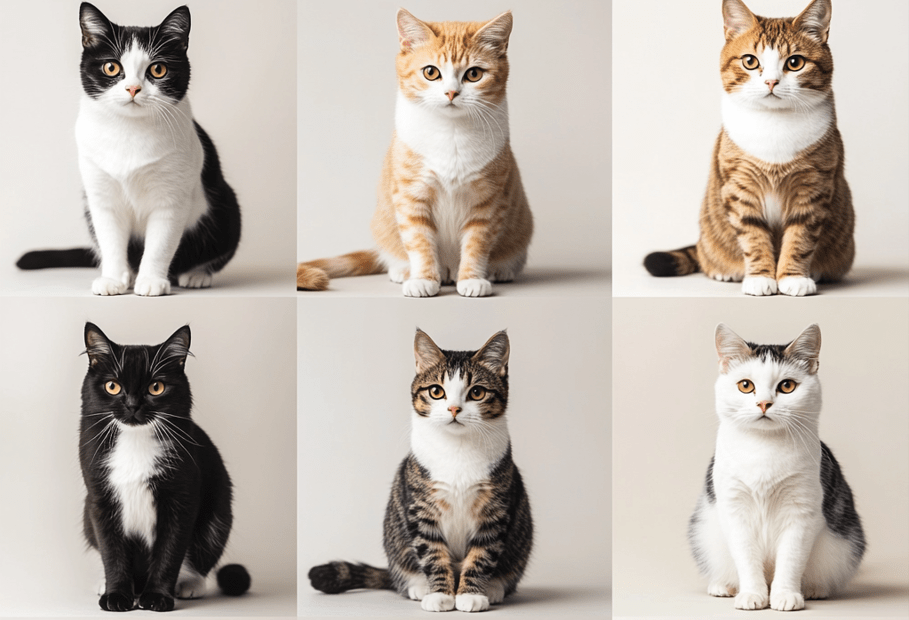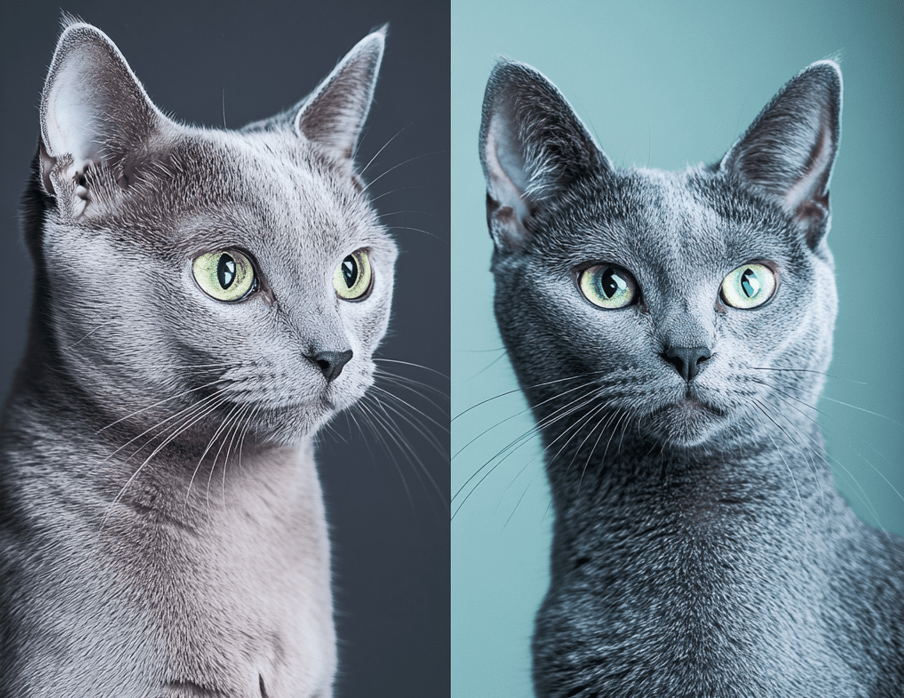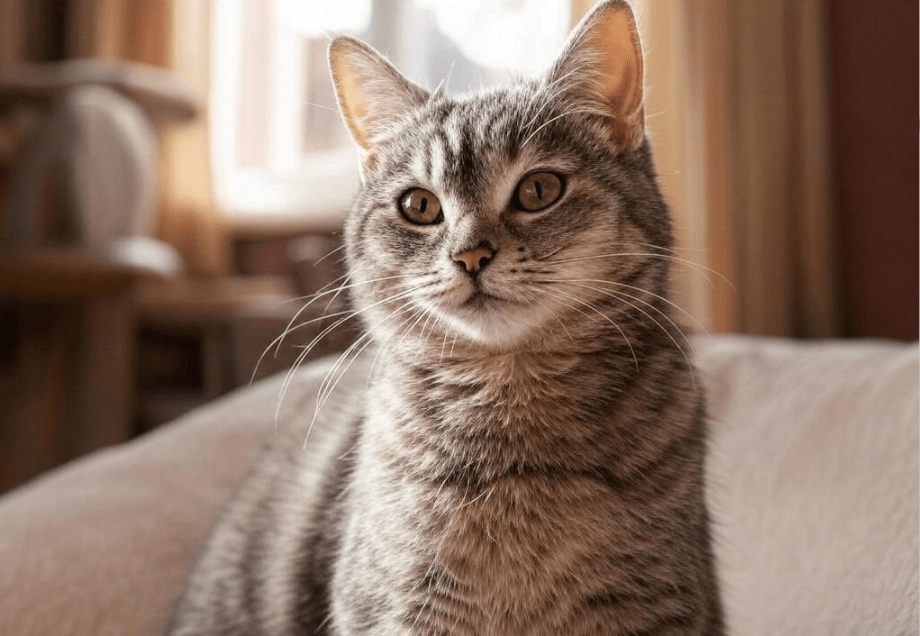
Domestic Shorthair Cats are cherished for their playful personalities, adaptability, and low-maintenance care, making them a favorite among cat owners. However, these intelligent felines thrive on mental and physical stimulation to stay happy and healthy. Providing DIY enrichment ideas for your Domestic Shorthair is a fantastic way to keep them engaged, reduce boredom, and prevent behavioral issues. This comprehensive guide offers seven fun, budget-friendly, and easy-to-make enrichment activities tailored for Domestic Shorthairs. From puzzle feeders to interactive toys, these projects will spark your cat’s curiosity and enhance their quality of life.
Why Enrichment Matters for Domestic Shorthair Cats
Enrichment refers to activities or environments that stimulate a cat’s natural instincts, such as hunting, exploring, and climbing. Domestic Shorthairs, with their diverse genetic backgrounds, are naturally curious and energetic. Without adequate stimulation, they may develop unwanted behaviors like scratching furniture, overgrooming, or litter box avoidance. Enrichment provides:
Mental Stimulation: Challenges your cat’s problem-solving skills, keeping their mind sharp.
Physical Exercise: Encourages movement, helping maintain a healthy weight.
Stress Relief: Reduces anxiety by providing outlets for natural behaviors.
Behavioral Benefits: Decreases destructive tendencies by channeling energy into positive activities.
DIY enrichment is especially appealing because it’s cost-effective, customizable, and allows you to bond with your Domestic Shorthair through creative projects. Let’s explore seven engaging ideas you can craft at home.
1. Cardboard Box Puzzle Maze
Domestic Shorthairs love boxes, and a cardboard puzzle maze taps into their love for exploration and problem-solving.
Materials Needed
-
Several cardboard boxes (various sizes)
-
Scissors or box cutter
-
Non-toxic glue or tape
-
Treats or toys
Instructions
Gather Boxes: Collect sturdy cardboard boxes from deliveries or local stores.
Cut Openings: Create multiple entry and exit holes in each box, ensuring they’re large enough for your cat to pass through comfortably.
Connect Boxes: Arrange the boxes in a maze-like pattern, securing them with glue or tape to form tunnels and chambers.
Add Incentives: Hide treats, balls, or catnip-stuffed toys inside to encourage exploration.
Introduce Your Cat: Place the maze in a quiet area and let your Domestic Shorthair explore at their own pace.
Benefits
-
Stimulates hunting instincts as your cat navigates the maze.
-
Provides physical exercise through crawling and jumping.
-
Reuses household items, making it eco-friendly.
Safety Tips
-
Remove staples, tape, or sharp edges from boxes.
-
Ensure the maze is stable to prevent collapse.
-
Supervise initial play to confirm your cat is comfortable.
2. DIY Toilet Paper Roll Treat Dispenser
Transform empty toilet paper rolls into a stimulating treat dispenser that challenges your Domestic Shorthair’s problem-solving skills.

Materials Needed
-
5–10 empty toilet paper rolls
-
A small cardboard box or tray
-
Non-toxic glue
-
Cat treats or kibble
-
Scissors
Instructions
Prepare Rolls: Collect clean, empty toilet paper rolls.
Create Barriers: Fold or cut flaps on one end of each roll to partially close it, leaving a small opening for treats to fall out.
Fill with Treats: Place a few treats or pieces of kibble inside each roll.
Assemble Dispenser: Glue the rolls vertically or horizontally inside a shallow box or tray, creating a grid or cluster.
Engage Your Cat: Show your Domestic Shorthair how to paw or nudge the rolls to release treats.
Benefits
-
Encourages mental stimulation through puzzle-solving.
-
Mimics foraging behavior, satisfying natural instincts.
-
Quick and inexpensive to make.
Safety Tips
-
Use only non-toxic materials.
-
Check rolls for leftover paper or adhesive.
-
Limit treat use to prevent overfeeding.
3. Feather Wand Teaser
A homemade feather wand is a classic toy that taps into your Domestic Shorthair’s hunting instincts, providing interactive playtime.
Materials Needed
-
A wooden dowel or sturdy stick (12–18 inches long)
-
Feathers (real or synthetic, pet-safe)
-
Strong string or twine
-
Non-toxic glue or tape
-
Small bell (optional)
Instructions
Attach String: Securely tie a 12–18-inch piece of string to one end of the dowel.
Add Feathers: Glue or tie feathers to the free end of the string, ensuring they’re firmly attached.
Include a Bell: Optionally, attach a small bell to the feathers for auditory stimulation.
Test Durability: Tug gently to ensure the feathers and string are secure.
Play with Your Cat: Wave the wand to mimic prey, encouraging your Domestic Shorthair to chase, pounce, and leap.
Benefits
-
Promotes physical exercise and coordination.
-
Strengthens the bond between you and your cat through interactive play.
-
Replicates natural hunting behaviors.
Safety Tips
-
Supervise play to prevent your cat from swallowing feathers or string.
-
Store the wand out of reach when not in use.
-
Replace worn feathers to maintain interest.
4. Sock Catnip Toy
A simple sock stuffed with catnip is an irresistible toy for Domestic Shorthairs, leveraging their love for this stimulating herb.
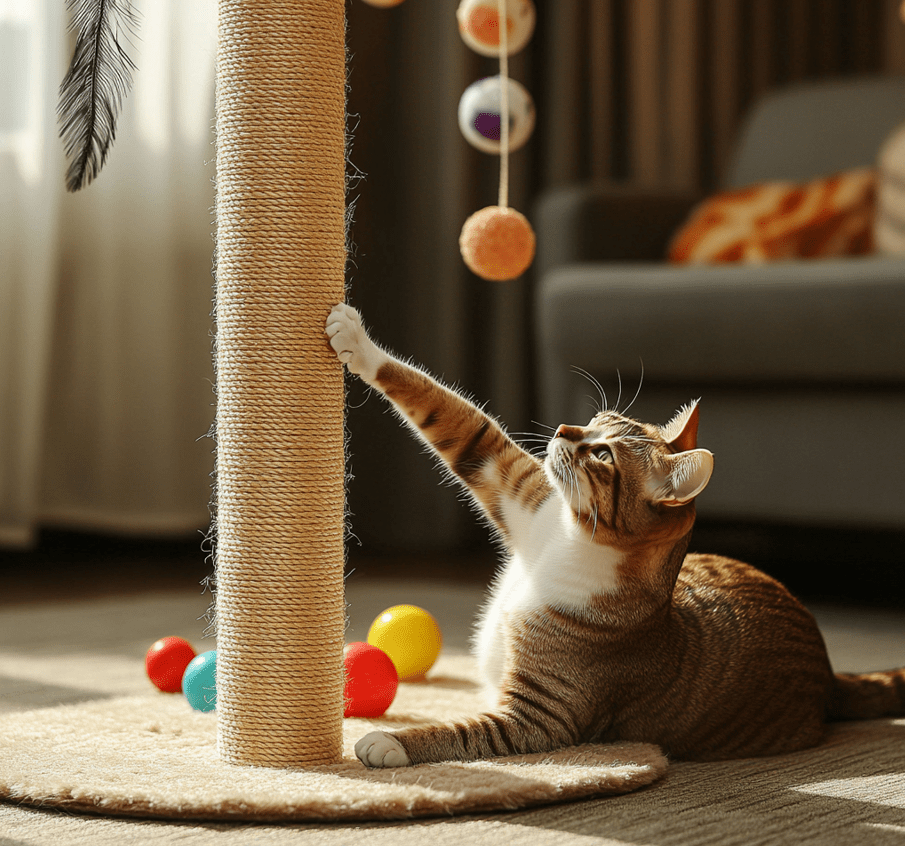
Materials Needed
-
Clean, old sock (preferably cotton)
-
Dried catnip (organic, high-quality)
-
Cotton balls or fabric scraps
-
Needle and thread or non-toxic glue
-
Small bell or crinkle material (optional)
Instructions
Fill the Sock: Stuff the sock with cotton balls or fabric scraps to create a soft base.
Add Catnip: Sprinkle 1–2 tablespoons of dried catnip inside, mixing it with the stuffing.
Enhance Texture: Optionally, add a bell or crinkle material for extra sensory appeal.
Seal the Sock: Tie the open end tightly or sew/glue it shut to prevent spills.
Introduce to Your Cat: Toss the toy to your Domestic Shorthair and watch them bat, chase, and cuddle it.
Benefits
-
Stimulates sensory engagement through scent and texture.
-
Encourages solo play, ideal for when you’re busy.
-
Repurposes old socks, reducing waste.
Safety Tips
-
Ensure the sock is clean and free of holes.
-
Check for wear and tear to prevent ingestion of stuffing.
-
Refresh catnip every few weeks to maintain appeal.
5. Paper Bag Obstacle Course
Paper bags are a Domestic Shorthair’s playground, and an obstacle course made from them offers endless exploration opportunities.
Materials Needed
-
5–10 medium or large paper bags
-
Scissors
-
Treats or toys
-
Non-toxic tape (optional)
Instructions
Prepare Bags: Collect clean paper bags without handles or staples.
Cut Openings: Create holes in the sides or bottoms of some bags to form tunnels or entry points.
Arrange Course: Lay out the bags in a pattern, such as a zigzag or circle, taping them together if needed for stability.
Add Incentives: Place treats, toys, or catnip inside some bags to encourage exploration.
Engage Your Cat: Crinkle a bag to attract your Domestic Shorthair and let them navigate the course.
Benefits
-
Stimulates curiosity and exploration instincts.
-
Provides physical activity through crawling and jumping.
-
Uses readily available household items.
Safety Tips
-
Remove handles or plastic coatings from bags.
-
Ensure bags are large enough to prevent entrapment.
-
Supervise to avoid chewing or tearing that could lead to ingestion.
6. Bottle Cap Fishing Game
A bottle cap fishing game challenges your Domestic Shorthair’s dexterity and problem-solving skills, mimicking hunting behaviors.
Materials Needed
-
Plastic bottle caps (clean, 5–10)
-
A shallow cardboard box or tray
-
String or yarn
-
Small toys or treats
-
Non-toxic glue or tape
Instructions
Prepare Caps: Clean and dry plastic bottle caps thoroughly.
Attach Strings: Tie short pieces of string (4–6 inches) to each cap, securing with glue or tape.
Create Base: Place the caps in a shallow box, letting the strings dangle over the edge or tangle inside.
Add Incentives: Hide treats or small toys among the caps to motivate interaction.
Play with Your Cat: Show your Domestic Shorthair how to “fish” by pulling the strings to move the caps.
Benefits
-
Enhances paw-eye coordination and mental focus.
-
Encourages problem-solving as your cat manipulates the strings.
-
Recycles everyday items into a fun toy.
Safety Tips
-
Ensure caps are clean and free of sharp edges.
-
Supervise to prevent swallowing of strings or caps.
-
Replace damaged strings to maintain safety.
7. DIY Window Perch
A window perch gives your Domestic Shorthair a cozy spot to watch birds and outdoor activity, providing visual and mental stimulation.
Materials Needed
-
A sturdy wooden board or shelf (12–18 inches wide)
-
Suction cups (heavy-duty, pet-safe)
-
Soft fabric or an old towel
-
Non-toxic glue or staples
-
Screws or brackets (if mounting permanently)
Instructions
Choose a Spot: Select a sunny window with an interesting view, like a bird feeder or garden.
Prepare the Board: Cover the board with fabric or a towel, securing it with glue or staples for comfort.
Attach Suction Cups: Affix heavy-duty suction cups to the underside of the board for window mounting, ensuring they can support your cat’s weight.
Install the Perch: Press the suction cups firmly onto the window or use screws/brackets for a permanent setup.
Introduce Your Cat: Place a treat or toy on the perch to encourage your Domestic Shorthair to explore.
Benefits
-
Provides visual stimulation from outdoor sights and sounds.
-
Offers a cozy, elevated spot for relaxation.
-
Encourages natural perching instincts.
Safety Tips
-
Test the perch’s stability before allowing your cat to use it.
-
Ensure the window is secure to prevent falls.
-
Clean the fabric regularly to maintain hygiene.
Tips for Successful Enrichment
To maximize the benefits of these DIY projects, keep these tips in mind:
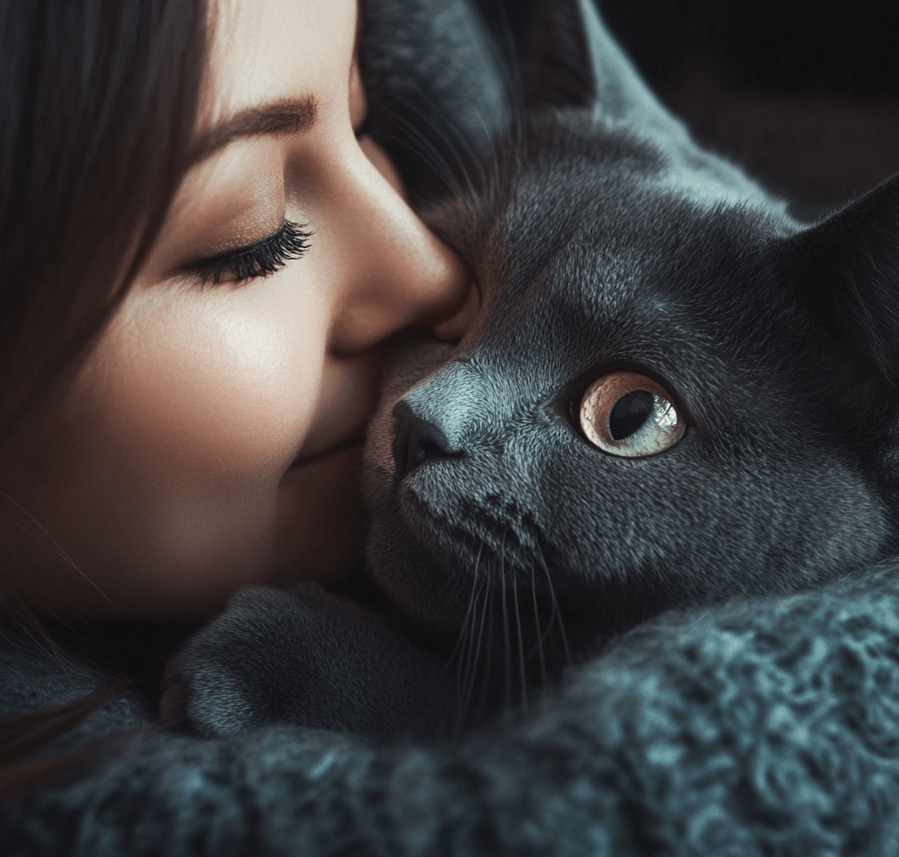
Rotate Activities: Switch out toys or setups every few weeks to maintain your cat’s interest.
Observe Preferences: Note which activities your Domestic Shorthair enjoys most and tailor future projects accordingly.
Start Simple: Introduce one enrichment idea at a time to avoid overwhelming your cat.
Incorporate Playtime: Combine DIY toys with interactive play to strengthen your bond.
Monitor Safety: Regularly inspect toys for wear and tear, replacing damaged items promptly.
Common Myths About Cat Enrichment
Misconceptions can hinder effective enrichment. Let’s debunk a few myths:
Myth: Cats Don’t Need Enrichment: Domestic Shorthairs thrive on mental and physical stimulation to stay healthy.
Myth: Expensive Toys Are Best: DIY projects using household items are often just as engaging.
Myth: Enrichment Is Only for Young Cats: Cats of all ages benefit from stimulating activities.
Understanding these truths helps you prioritize enrichment for your Domestic Shorthair.
Benefits of DIY Enrichment for Domestic Shorthairs
Investing in DIY enrichment offers numerous advantages:
Happier Cat: Stimulation reduces boredom and stress, leading to a more content feline.
Healthier Lifestyle: Physical activity helps prevent obesity and related health issues.
Stronger Bond: Creating and playing with DIY toys fosters trust and affection.
Cost Savings: Homemade projects are budget-friendly compared to store-bought toys.
Eco-Friendly: Repurposing household items reduces waste.
By incorporating these activities, you enhance your Domestic Shorthair’s quality of life and create a more harmonious home.
When to Adjust Enrichment Strategies
If your Domestic Shorthair seems uninterested or stressed by an enrichment activity, reassess your approach:
Lack of Interest: Try a different type of activity, such as switching from a puzzle to a hunting toy.
Overstimulation: Reduce the complexity or frequency of activities to avoid overwhelming your cat.
Behavioral Issues: If destructive behaviors persist, consult a veterinarian or feline behaviorist to rule out underlying issues.
Tailoring enrichment to your cat’s personality ensures long-term engagement.
Conclusion
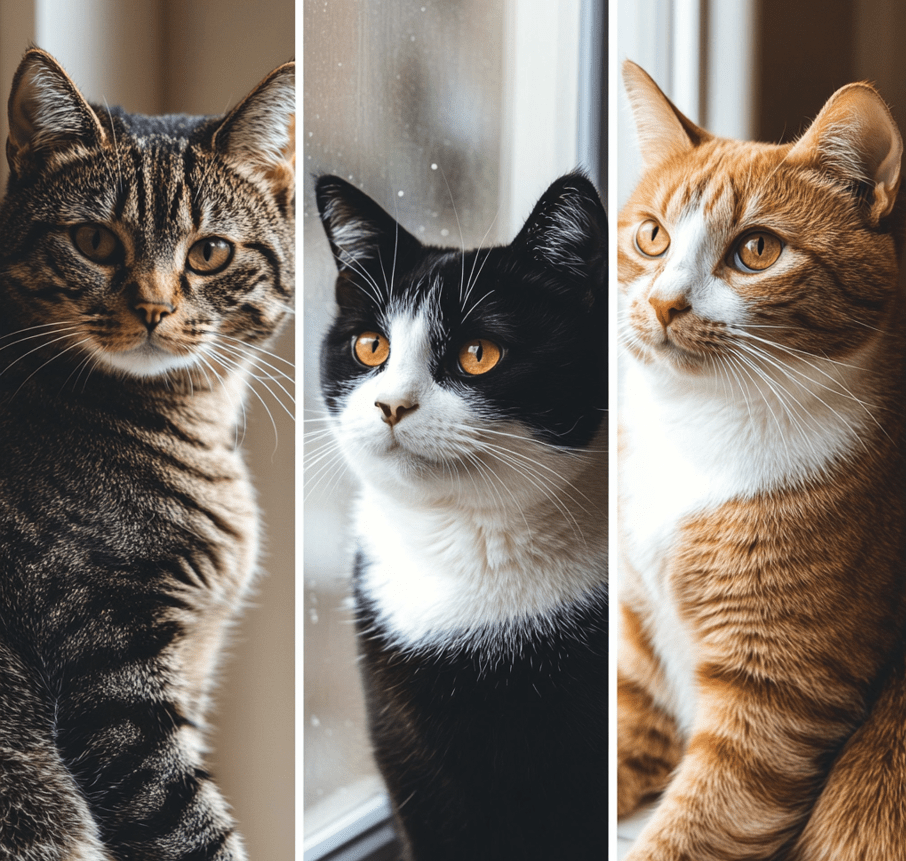
Providing DIY enrichment ideas for your Domestic Shorthair is a rewarding way to keep them mentally and physically engaged. From cardboard mazes to window perches, these seven projects are easy to create, budget-friendly, and tailored to your cat’s natural instincts. Start with one or two ideas, observe your cat’s preferences, and gradually expand your enrichment repertoire. By investing time in these activities, you’ll foster a happier, healthier Domestic Shorthair and strengthen your bond. For personalized advice, consult your veterinarian to ensure your cat’s needs are met. Get creative and watch your feline friend thrive!

